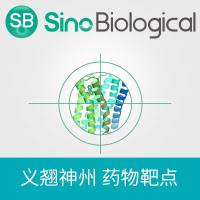In Vitro Physical Stimulation of Tissue-Engineered and Native Cartilage
互联网
385
Because of the limited availability of donor cartilage for resurfacing defects in articular surfaces, there is tremendous interest in the in vitro bioengineering of cartilage replacements for clinical applications. However, attaining mechanical properties in engineered cartilaginous constructs that approach those of native cartilage has not been previously achieved when constructs are cultured under free-swelling conditions. One approach toward stimulating the development of constructs that are mechanically more robust is to expose them to physical environments that are similar, in certain ways, to those encountered by native cartilage. This is a strategy motivated by observations in numerous short-term experiments that certain mechanical signals are potent stimulators of cartilage metabolism. On the other hand, excess mechanical loading can have a deleterious effect on cartilage. Culture conditions that include a physical stimulation component are made possible by the use of specialized bioreactors. This chapter addresses some of the issues involved in using bioreactors as integral components of cartilage tissue engineering and in studying the physical regulation of cartilage. We first consider the generation of cartilaginous constructs in vitro. Next we describe the rationale and design of bioreactors that can impart either mechanical deformation or fluid-induced mechanical signals.








